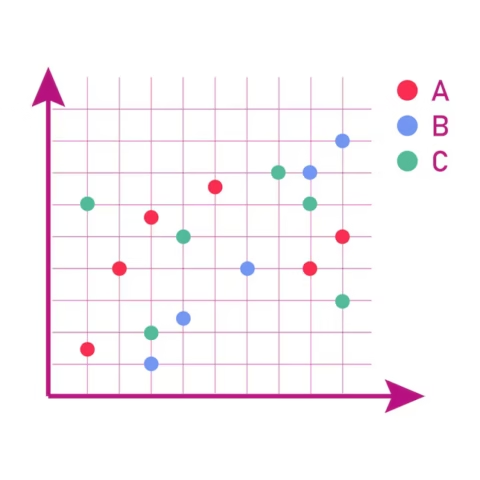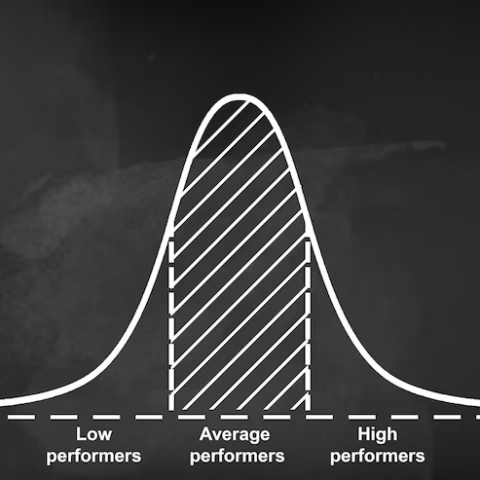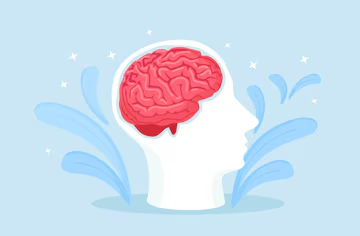
Standard Error of the Mean (SEM) Statistics and 3 Important Factors Affecting It
Introduction to Statistical Inference Statistical inference allows scientists to make generalizations about populations using data drawn from samples. It is based on probability theory, specifically the behavior of sampling distributions.











